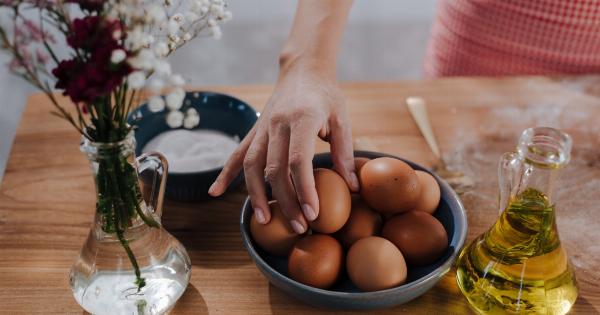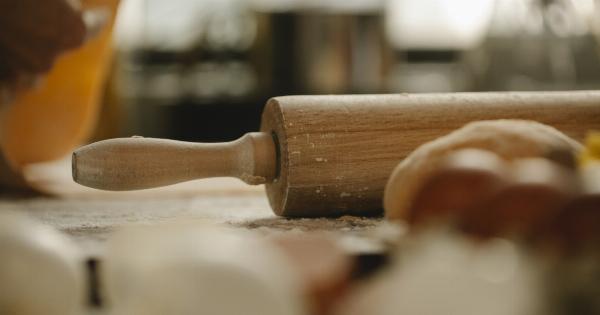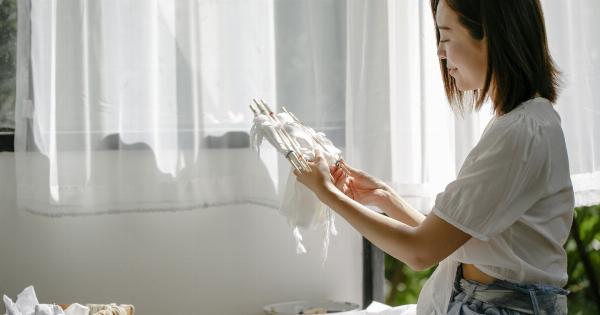Cracked heels, also known as heel fissures, are a common foot problem that can cause discomfort and pain. They occur when the skin on the heels becomes dry, thick, and flaky, leading to the formation of deep cracks.
Causes of Cracked Heels
Several factors can contribute to the development of cracked heels. Understanding the causes can help you prevent and effectively treat this condition:.
1. Lack of Moisture
Dry air, inadequate hydration, and lack of moisturization can all contribute to cracked heels. When the skin loses its natural oils and becomes dry, it is more prone to cracking.
2. Excessive Pressure
Walking or standing for long periods, especially on hard surfaces, can put excessive pressure on the heels. This can cause the skin to crack and become painful.
3. Obesity
Excess body weight can put added pressure on the heels, leading to cracked skin.
4. Improper Footwear
Wearing shoes that do not provide proper support or those that expose the heels can cause dryness and cracking.
5. Prolonged Exposure to Water
Spending too much time in water or damp environments can strip the skin of its natural oils, leading to dryness and cracking.
Effective Home Remedies to Heal Cracked Heels
Fortunately, there are several simple and cost-effective home remedies that can help heal cracked heels. They include:.
1. Moisturize Regularly
One of the key steps to healing cracked heels is to keep them moisturized. Apply a thick moisturizer or foot cream containing ingredients like urea, shea butter, or glycerin. This helps to lock in moisture and soften the skin.
2. Exfoliate the Skin
Regular exfoliation can help remove dead skin cells and promote the growth of new, healthier skin. Use a pumice stone or a foot file to gently remove the dry and flaky skin from the heels.
Be careful not to overdo it, as excessive exfoliation can cause irritation.
3. Soak in Warm Water
Soaking your feet in warm water can help soften the skin and prepare it for exfoliation. Add a few drops of essential oils like lavender or tea tree oil to the water for added benefits.
4. Use Epsom Salt
Add Epsom salt to your foot soak to help relieve pain and inflammation associated with cracked heels. The magnesium sulfate in Epsom salt can also aid in healing the skin.
5. Wear Proper Footwear
Choose comfortable shoes that provide proper support to prevent excessive pressure on the heels. Opt for those with cushioning and a good fit. Avoid open-backed or ill-fitting shoes that may rub against the heels.
6. Stay Hydrated
Ensure you drink an adequate amount of water daily to keep your body and skin hydrated. This helps prevent dryness and promotes skin health.
7. Apply a Honey and Milk Paste
Mix honey and milk to create a paste and apply it to your cracked heels. Let it sit for 15-20 minutes before rinsing off. Honey has natural antibacterial properties, while milk helps to moisturize and soothe the skin.
8. Use Coconut Oil
Coconut oil is a natural emollient and moisturizer. Before bedtime, massage warm coconut oil into your heels and wear a pair of clean socks overnight. This allows the oil to deeply penetrate and hydrate the skin.
9. Try Oatmeal
Add ground oatmeal to a foot bath to help soothe and moisturize cracked heels. The anti-inflammatory properties of oatmeal can also reduce irritation and itching.
10. Apply Aloe Vera Gel
Aloe vera gel has soothing and healing properties. Apply fresh aloe vera gel to your cracked heels and leave it on for at least 20 minutes. Rinse off with warm water and pat dry.
When to Seek Medical Attention
While home remedies can effectively heal most cases of cracked heels, it is important to seek medical attention if:.
- The cracks are deep, bleeding, or causing severe pain.
- You have underlying conditions like diabetes, as cracked heels can lead to complications.
- Over-the-counter remedies and self-care measures do not improve the condition.
Prevention Tips for Cracked Heels
Prevention is better than cure when it comes to cracked heels. Incorporate these tips into your daily routine to maintain soft and healthy heels:.
1. Regularly Moisturize
Apply a moisturizer or foot cream daily, especially after bathing or soaking your feet.
2. Avoid Prolonged Exposure to Water
Minimize your time spent in water and dry your feet thoroughly after bathing or swimming.
3. Wear Proper Footwear
Choose shoes that provide adequate support and cushioning to prevent excessive pressure on the heels.
4. Maintain a Healthy Diet
Eat a balanced diet rich in vitamins, minerals, and omega-3 fatty acids to support skin health.
5. Stay Hydrated
Drink plenty of water throughout the day to keep your body and skin hydrated.
Conclusion
Cracked heels can be both uncomfortable and unsightly, but with the right care and attention, they can be effectively treated at home.
By following these simple remedies and preventive measures, you can restore your heels to their natural softness and prevent future recurrence.































